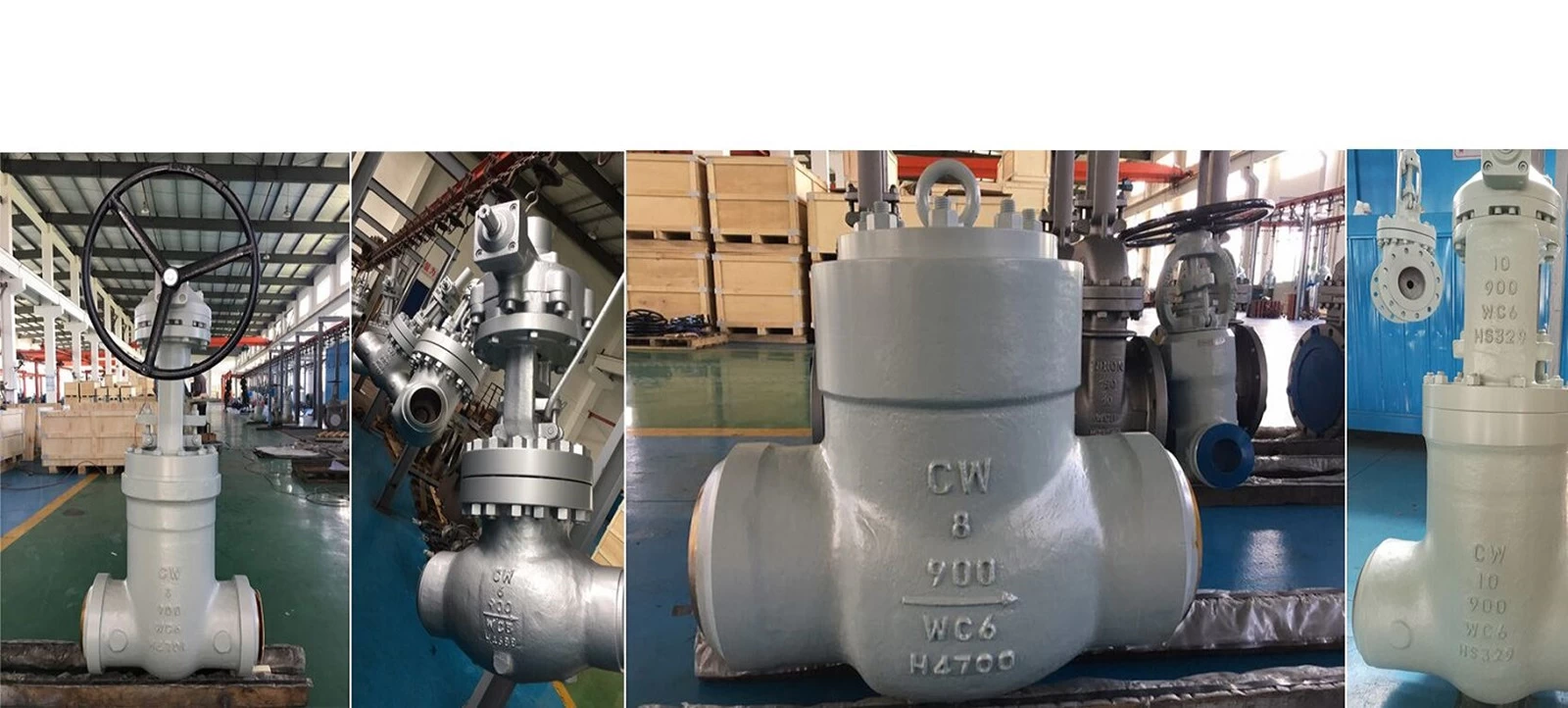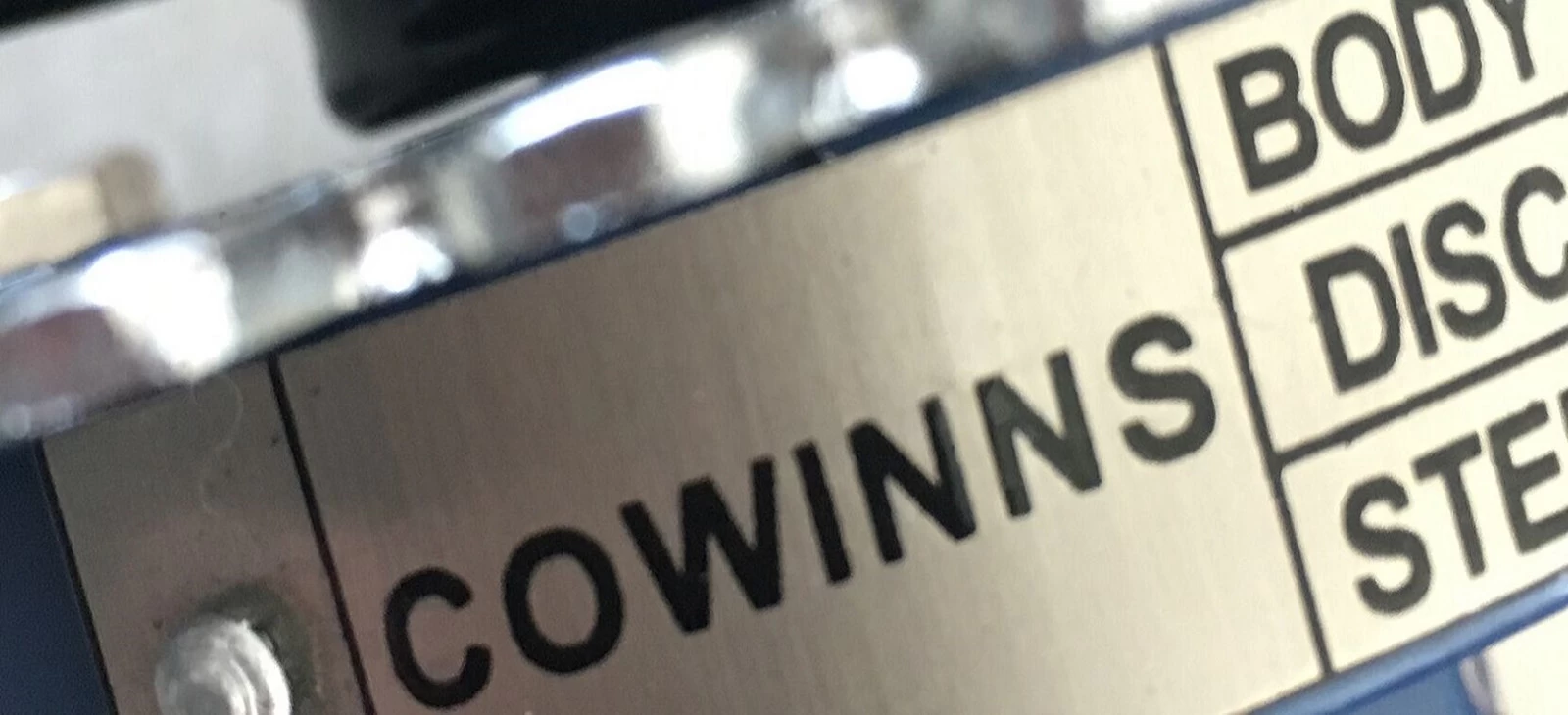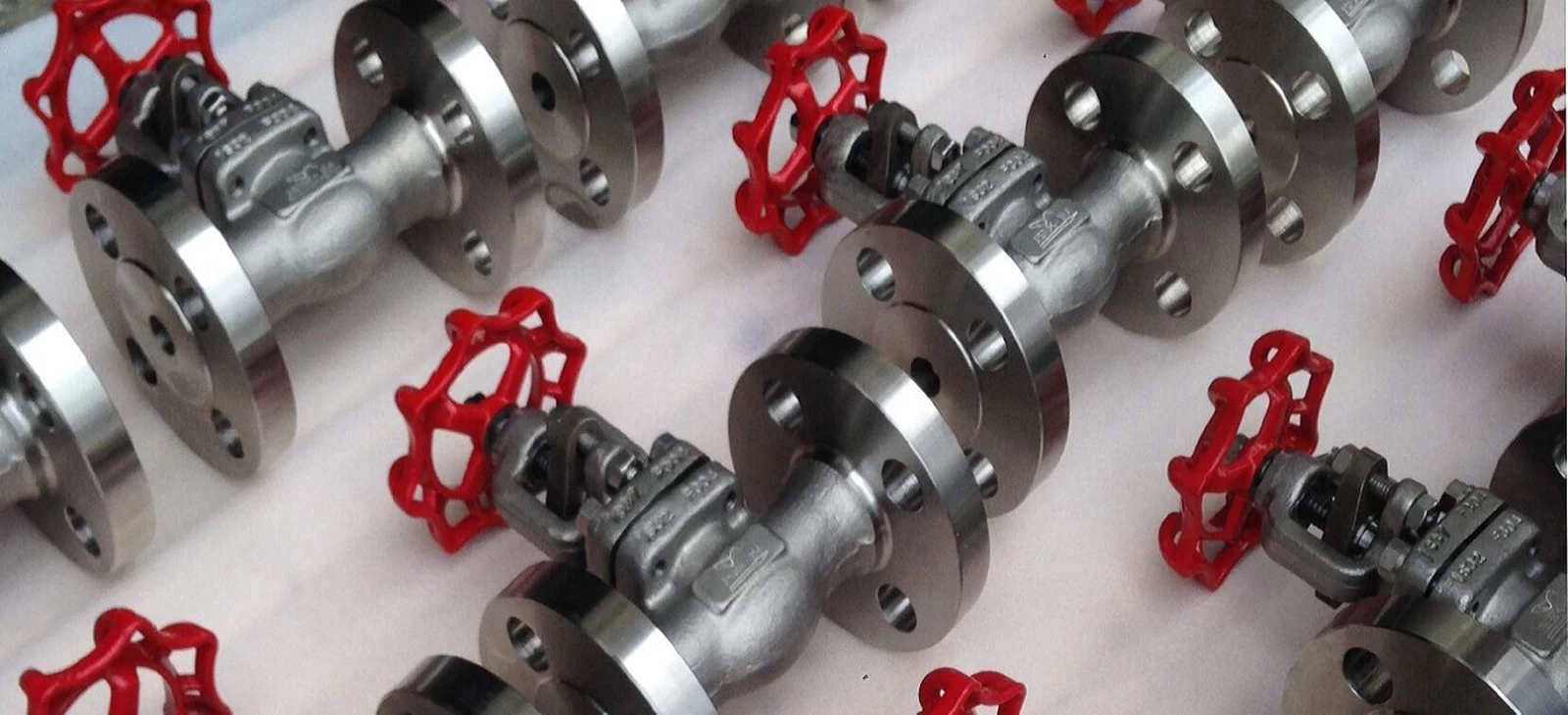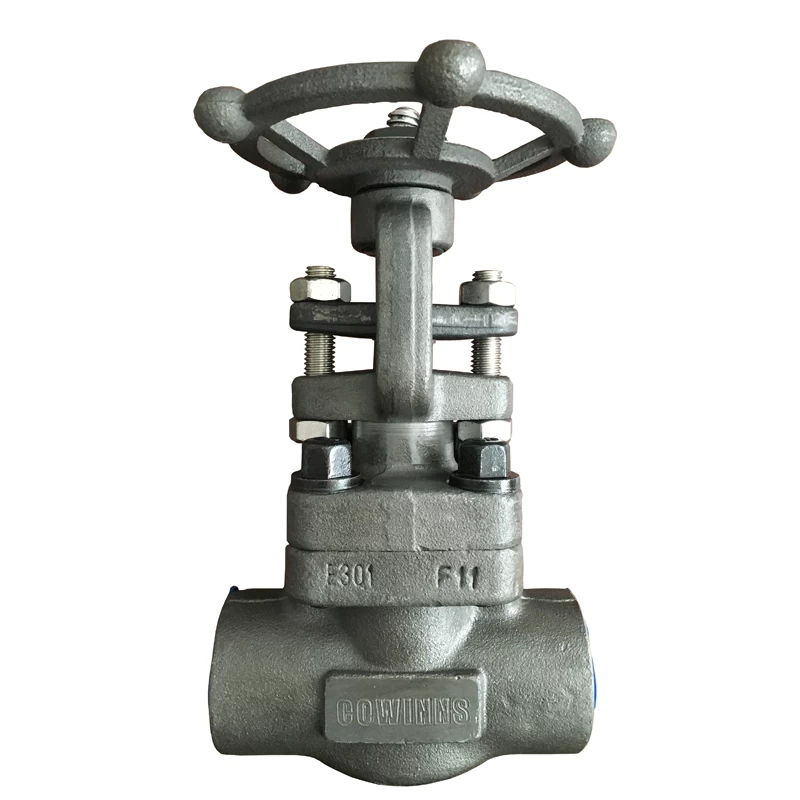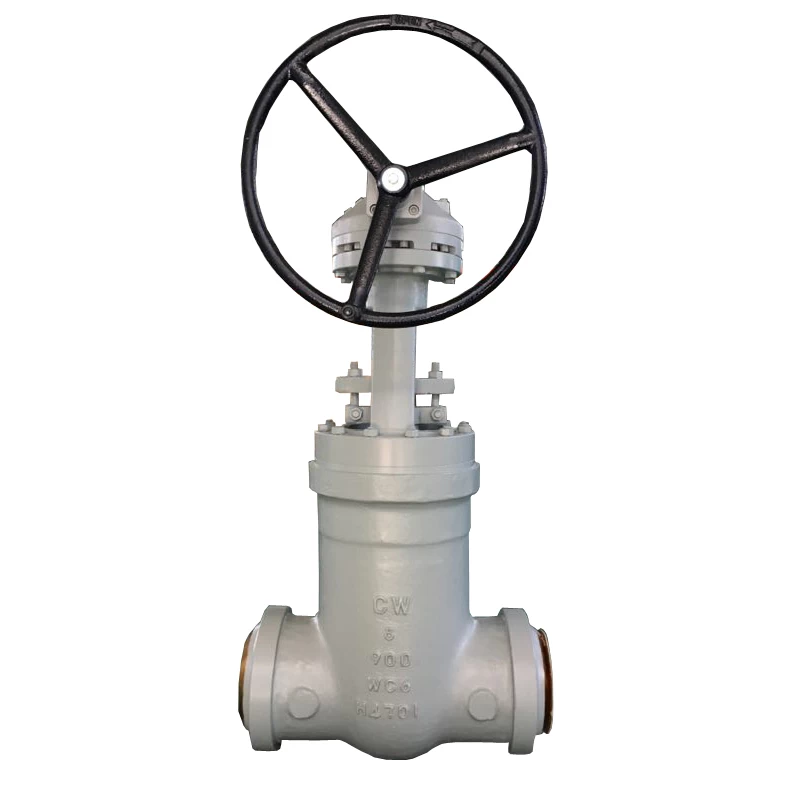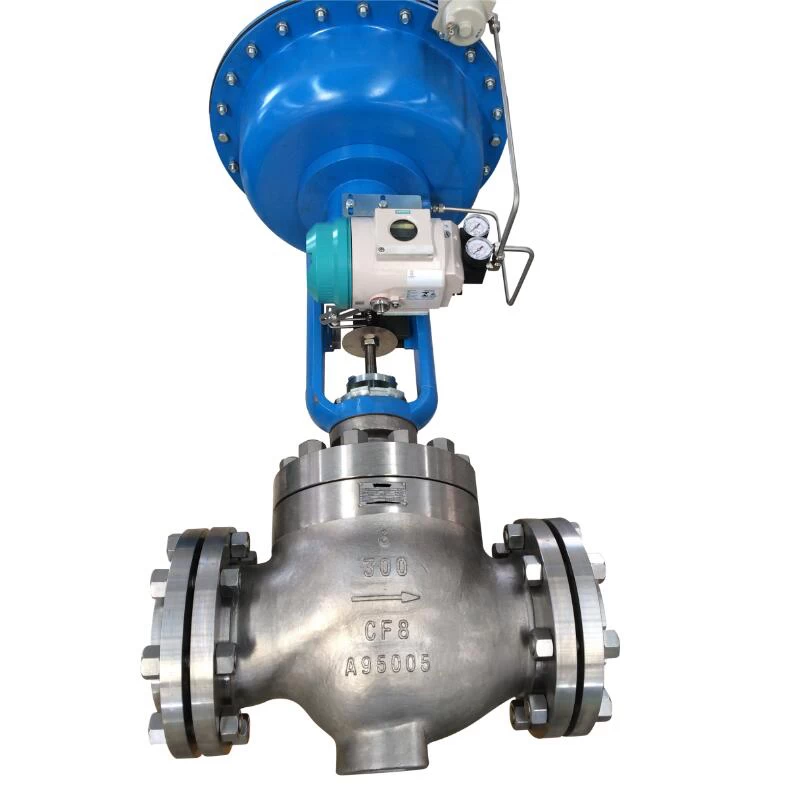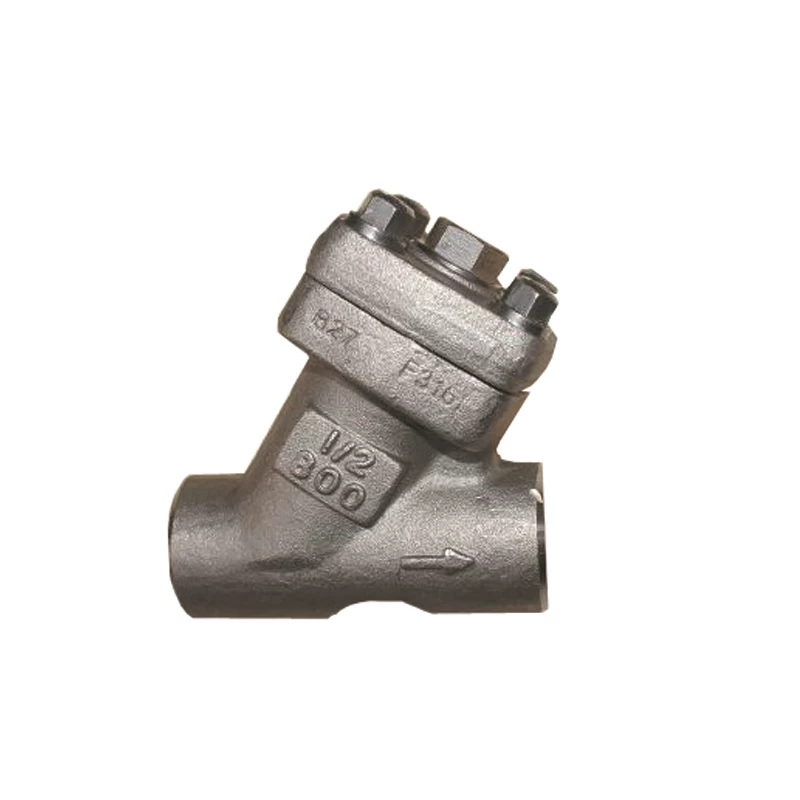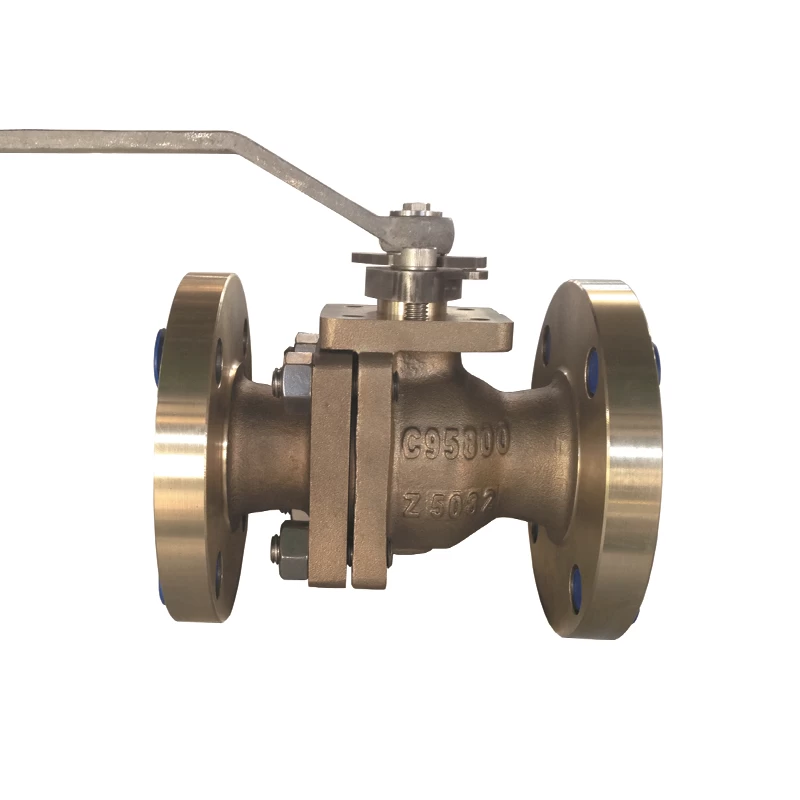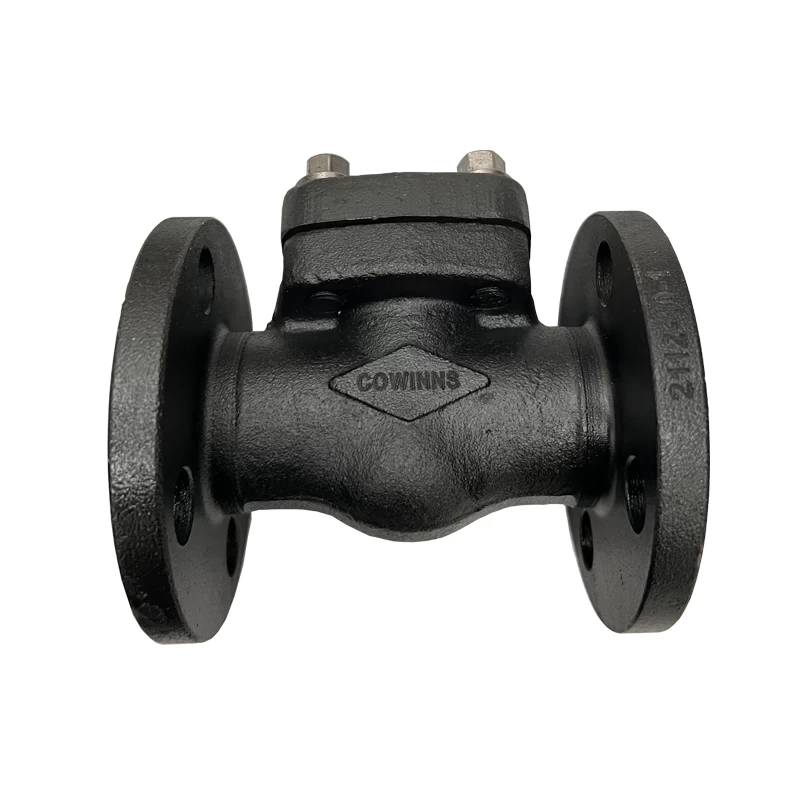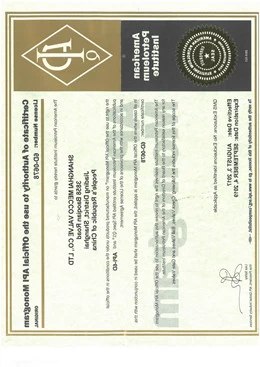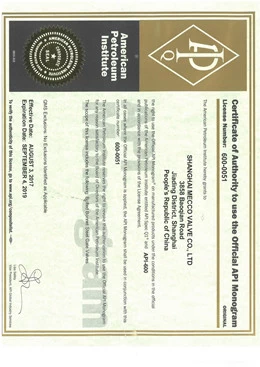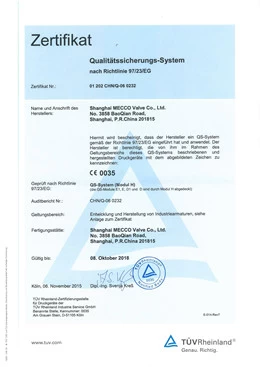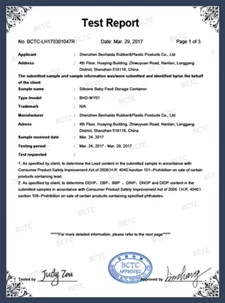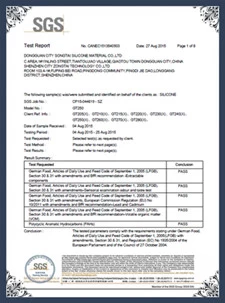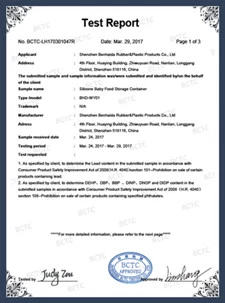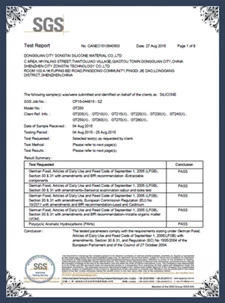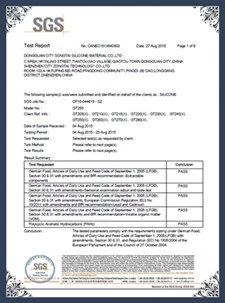Concentrated Solar Power Generation
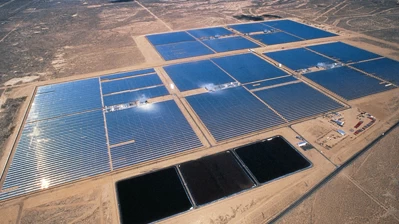
As Germany shuts out nuclear, Japan deals with the backlash over Fukushima and North American governments institute environmental regulations that make coal-fired power generation more expensive, the appeal of exploiting natural alternative energy sources becomes even greater.
Solar power generation is one method favored in latitudes with ample sunshine, and it is certainly not a new technology, but the challenge with photovoltaic technology is storage. It’s fine to have all that energy while the sun is up, but what happens when the sun goes down? Storage in batteries and other devices is very expensive and inefficient.
With concentrated solar thermal energy, storage isn’t as big of an issue because the technology is basically like that of any steam-generated power production and there are proven methods of storing the thermal energy. Rather than using solar radiation to generate electrical power by directly converting solar radiation into electric current using semiconductors, concentrated solar thermal concentrates the energy of solar radiation to heat water into steam, which in turn operates a turbine to generate power.
There are two different categories of concentrated solar thermal plants. Line focus thermal plants generate heat from sunlight concentrated by the use of mirrored surfaces onto pipes carrying the heat transfer fluid to heat exchangers. Point focus systems, or power towers, collect the sunlight from an array of mirrors aimed at a collector in a power tower. The collector may utilize molten salt which is then used to heat the water to turn the turbines or have water which is directly heated and turned into steam.
Technical Challenges and Solutions
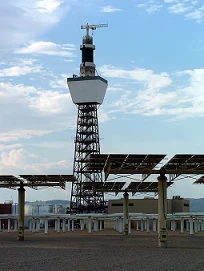
Whilepowertowersolar that seems simple enough, there are still engineering challenges that valve and control manufacturers must overcome when dealing with the molten salts and other heat transfer fluids that are used in the process. Other challenges have to do with the variations in pressure and temperature due to the amount of sunlight captured and focused on the collectors.
In the case of point focus systems, molten salt is superheated in the power tower. It is then gravity-fed to a storage tank, where it is sent to be used to create steam, or it can be stored in the tank. The molten salt provides an excellent means for concentrating and storing the thermal energy. Whether used immediately or stored, molten salt is controlled by the use of valves.
We spoke to Bradford Haines, Senior Project Manager and solar power thermal expert at Flowserve, and asked him about the special requirements for this service. “Valves used in molten salt applications frequently experience extreme fluctuations in temperature whether from opening and closing at indeterminate times or due to changes in daytime to nighttime operating conditions. Due to the extreme stress factors imposed upon the valve during the thermal cycling event, it is critical that the proper valve construction materials be selected. Each of the valve components must exhibit similar growth rates during the thermal cycling in order for the valve to function properly through the thermal excursion.”
Bill D’Andrea, Western Regional Manager of DFT Inc., added. “In the power towers, with molten salt, regular stainless won’t do. When it gets really hot, you also get some sulphuric secretions, so there are reactions with the heat. You have to move up. In our case, we use a non-slam spring-assisted check valve in either Alloy 20 or Hastelloy C-276.”

Image copyright and courtesy Flowserve
Haines continued, “An additional challenge is that molten salt has a tendency to solidify when the salt temperature drops below the salt’s melting point. This can cause damage to sealing components, packing systems and stems, especially in the bonnet and packing areas. A solution to this problem is to utilize a metal bellows seal to isolate the process fluid in the valve body where it stays warm, preventing it from reaching the packing area. Additionally, heat tracing systems are installed on the valve to keep the valve body temperature above the salt’s melting point, to eliminate the possibility of ‘freezing’ and subsequently locking up the valve.”
In the case of line focus plants, the collection process utilizes a heat transfer fluid (HTF). The HTF itself creates a significant challenge because, while it excels for collecting the heat, it is also a very penetrating substance. Haines elaborated: “Due to the nature of HTF standard packing solutions are not suitable therefore we have designed special packing sets for heat transfer fluids that provide more reliable sealing even with the challenges of the field environments and thermal cycling.”
While heat collection is a considerable challenge for the solar thermal power plant, the valves used in the steam and feedwater portion of the plant are like those used in most power plants and must meet the same high-pressure and high-temperature requirements of that process.
With solar thermal plants being built around the world this method of power generation could be very important to the growth of renewable energy. More technological improvements and innovations will contribute to making solar power competitive with other generation technologies.
 +86 512 68781993
+86 512 68781993 
